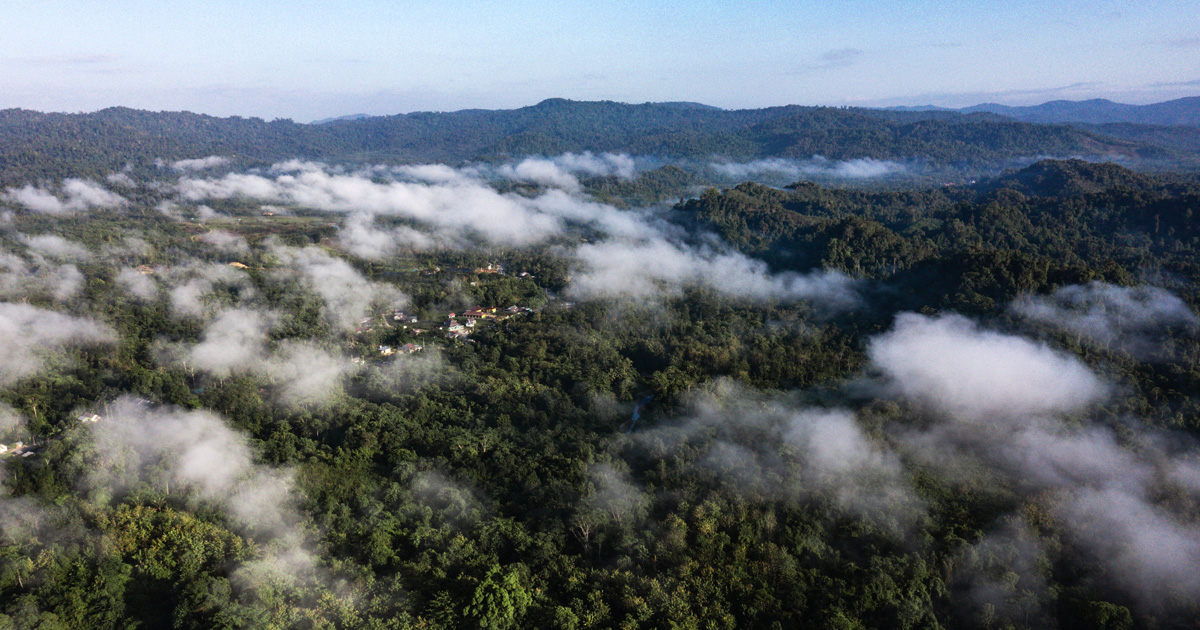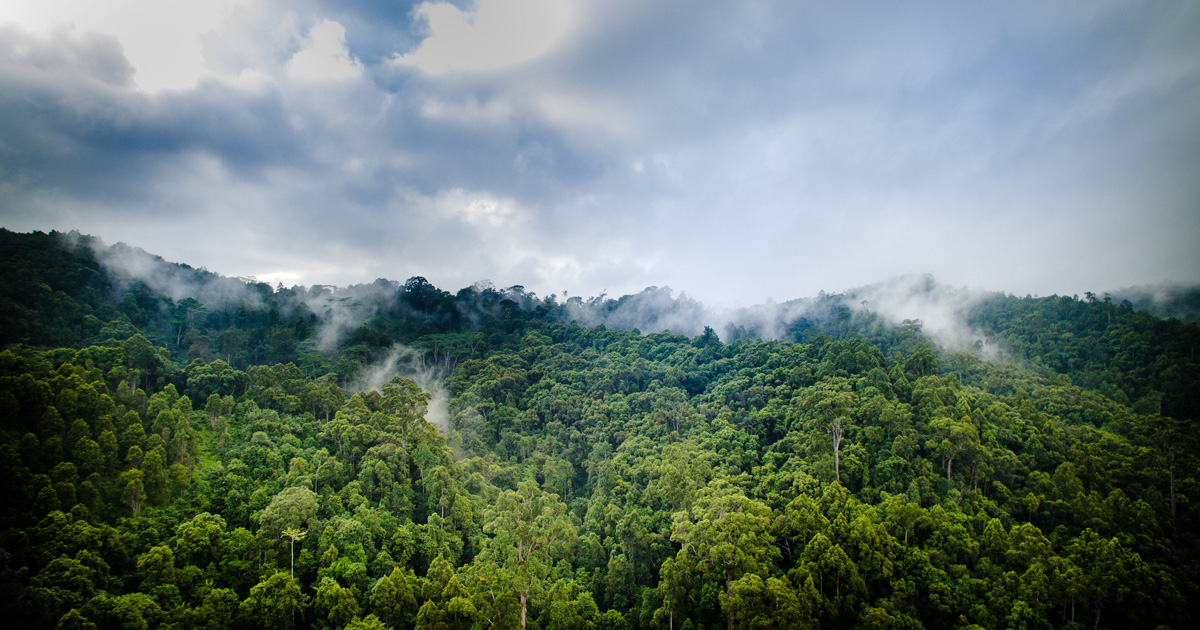Although alley cropping has been shown elsewhere to permit continuous cropping, it has not been widely tested in the highlands of east and central Africa where it has the additional potential of controlling soil erosion. The effect of four rates (0, 30, 60 and 90 kg N ha1) of inorganic N on the performance of alley cropping using Leucaena diversifolia as the hedgerow species was studied in the central highlands of Burundi. Significant increase in maize yield (average of 26%) due to alley cropping was only first realised in 1992, three years after the commencement of the trial. In 1993, the average yield advantage of the alley cropping plots was 21%. The prunings augmented the response of maize yield to inorganic N in 1992 and 1993. Compared with the control, economic benefits over the five-year period for all the treatments were negative.
DOI:
https://doi.org/10.1007/BF00122885
Altmetric score:
Dimensions Citation Count:

Publication year
1996
Authors
Akyeampong, E.; Hitimana, L.
Language
English
Keywords
acid soils, alley cropping, economic analysis, economics, hedgerow intercropping, highlands, leucaena diversifolia, soil erosion
Geographic
Burundi























